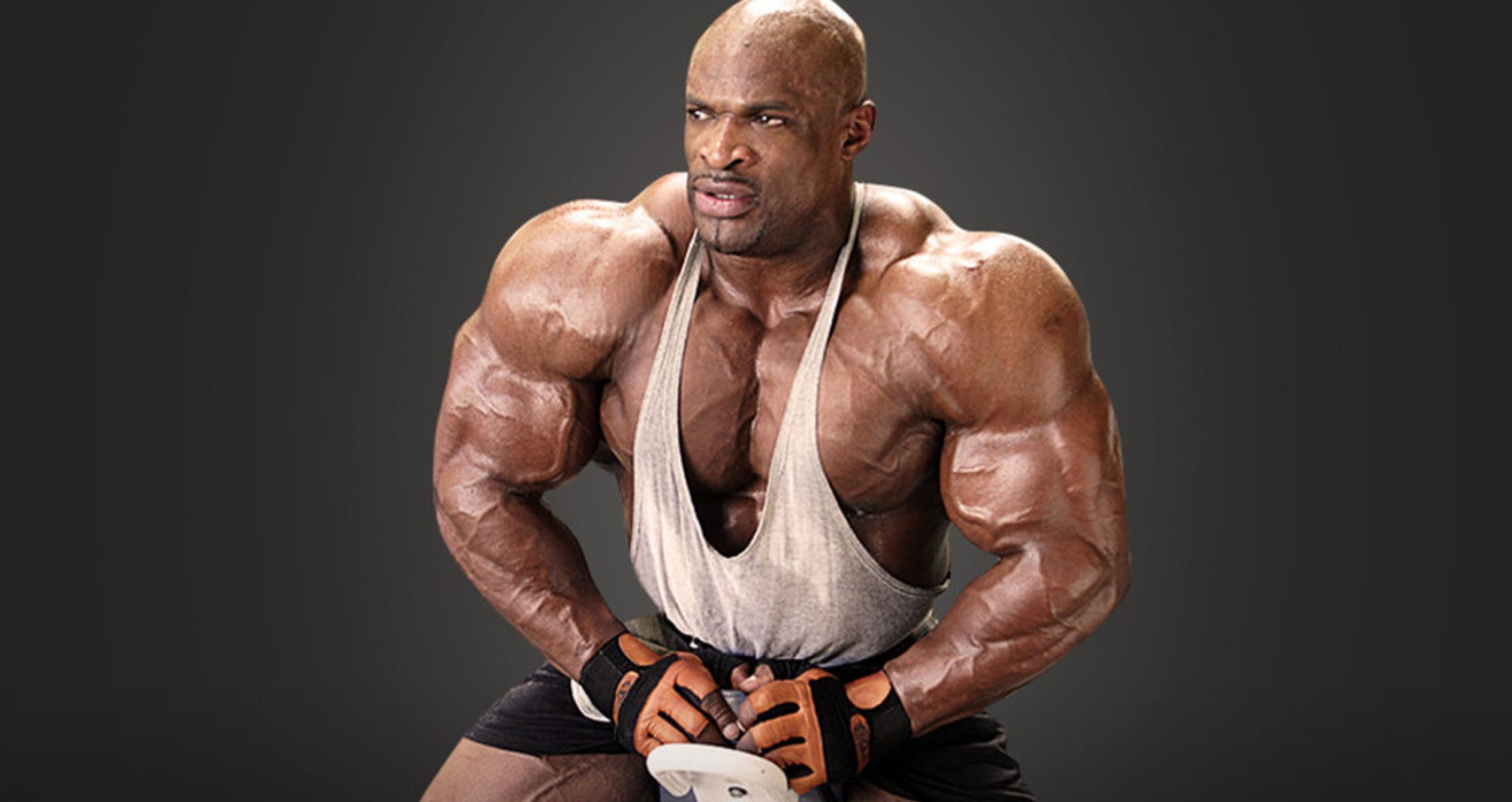The leg drive bench press will help you push more weight.
The bench press is a cornerstone for building upper-body strength and muscle mass (1). It’s also a popular benchmark in the gym, often used to gauge overall strength. But what should you do when you hit a plateau and progress stalls?
Incorporating a leg drive into your bench press can be a game-changer, helping you set new personal records and push through plateaus. This article explains how to master the leg drive technique, explores the benefits of integrating it into your training, and offers alternative strategies to overcome a bench press plateau.
Overview — What Is the Leg Drive Bench Press?
The leg drive bench press is an advanced form of bench pressing that involves pushing your feet onto the floor while doing a bench press. This form of pressing helps keep a stable base with your legs while pressing the weight up with your entire body. Since the force generated during this exercise originates from your legs, it can allow you to lift heavier weights and break through a bench press plateau.
Some might consider this cheating, but it’s popular and effective. Powerlifting athletes use it to get the most out of bench pressing, especially in competitions. A good leg drive keeps your upper back stable while providing full body tension, allowing you to push more effectively than a regular bench press. This study shows that a leg drive on the bench press effectively increases 1RM strength (2).
Technique & Muscles Worked
The bench press is a compound exercise that works the chest, shoulders, arms, and core muscles. Typically, the go-to equipment would be a barbell. However, you can use a pair of heavy dumbbells for this exercise.
When setting up, you must arch your back and upper body so that your hips, shoulders, and head remain on the weight bench and press your feet on the floor. This automatically helps improve your overall bench press ability, leading to more strength and muscle gains.
Below is a step-by-step guide on correctly performing the bench press with a strong leg drive.
- Lie on a flat bench and place your grip using a shoulder-width length with an overhand grip. Also, put your feet at shoulder-width length with heels entirely driven into the floor.
- Brace your core muscles and arch your back so your head, shoulders, and hips are on the weight bench.
- Take a deep breath and lift the barbell from the rack, extending your elbows and arms fully. This is your starting position.
- Next, slowly and in a controlled manner, lower the bar to your chest.
- Finally, initiate the upward press by driving through your heels and pressing the bar up, extending your elbows to the starting position to finish a rep.
Foot Placement
If you’re a beginner with limited hip mobility, place your legs so your shin is perpendicular to the floor, and your heels are fully driven into the floor during the press. However, if you have no problems with hip mobility, try to set your feet as far back as possible and arch your back.
Performing this exercise with limited hip mobility can cause cramping in your hips or legs, which can be uncomfortable and even lead to serious injuries. To address this challenge, do some hip mobility exercises. Examples include hip lifts, hip circles, and hip CARs (controlled articular rotations).
Benefits
Adding a leg drive to the bench press is an advanced strength training exercise that works the push muscles and builds strength. Below are some benefits of performing this exercise.
Builds & Strengthen the Upper Body Muscles
The bench press is a staple upper body-building exercise. It works the shoulders, chest, and arms for maximum muscle and strength gains. This routine also promotes joint stability in the upper body.
Activates the Core & Builds Leg Strength
This exercise isn’t just limited to the upper body muscles. It also works the core, which is used for stability and proper form during this exercise. A leg drive also needs a lot of leg strength. If you have underdeveloped legs, this exercise will be challenging to perform and can boost leg strength over time.
Improves Your Arch
Part of using a proper form for any bench press variation is in how you arch your back. Doing a leg drive on the bench press keeps your arch constant while pressing. This trains and improves your arch form.
Perfect for Breaking Plateaus
The leg-drive bench press is an excellent alternative for athletes looking to improve their bench press. Driving the weight through your feet helps you create a stable base, allowing you to lift heavier weights and break through training plateaus for better results.
Alternatives
You can break through a plateau by training specific weak points in your exercise movement. Adding an extra drive using certain body parts, such as the leg drive, is effective. Ultimately, varying your routine to break out of monotony could push many athletes past that annoying sticking point. Below are other effective routines when faced with a bench press plateau.
Pause Bench Press
The pause bench press is an advanced variation that could help you break through a training plateau. It allows better weight control and boosts shoulder stabilization.
Spoto Press
The Spoto press helps you train your focus during your bench press. It also reinforces overall body tension. This is key for lifting the barbell off your chest during the bench press. During this press, you stop the barbell just shy of touching your chest and pause briefly.
Floor Press
The floor press cuts your bench press motion in half, eliciting more drive from your triceps. This can boost their strength and help break through a plateau where lagging triceps are the issue. You can also load heavier with this routine and increase muscle hypertrophy.
FAQs
Should you use a leg drive when benching?
This depends on your fitness goals. Adding a leg drive during the bench press is an excellent alternative to improve your bench press form. It helps strengthen your arching and allows you to lift heavier.
Is the leg drive cheating during the bench press?
The leg drive bench press is a common routine amongst powerlifters that allows them to lift heavier. It’s an advanced variation of athletes’ traditional bench press to break through plateaus and improve their bench press form.
How much does a leg drive contribute to the bench press?
The leg in the leg drive bench press is the wild card in the bench press. Driving through your legs helps keep a stable base and the whole body tense. This allows you to lift heavier weights and improves your bench press form.
Follow Generation Iron on Instagram, Facebook, and Twitter for more exercise guides!
References
- Saeterbakken, A. H., Mo, D. A., Scott, S., & Andersen, V. (2017). The Effects of Bench Press Variations in Competitive Athletes on Muscle Activity and Performance. Journal of human kinetics, 57, 61–71. https://doi.org/10.1515/hukin-2017-0047
- Gardner, J. K., Chia, J. T., Peterson, B. M., & Miller, K. L. (2021). The effects of 5 weeks of Leg-Drive training on bench press performance in Recreationally-Trained, College-Age men. Journal of Science in Sport and Exercise, 4(3), 231–236. https://doi.org/10.1007/s42978-021-00118-0








